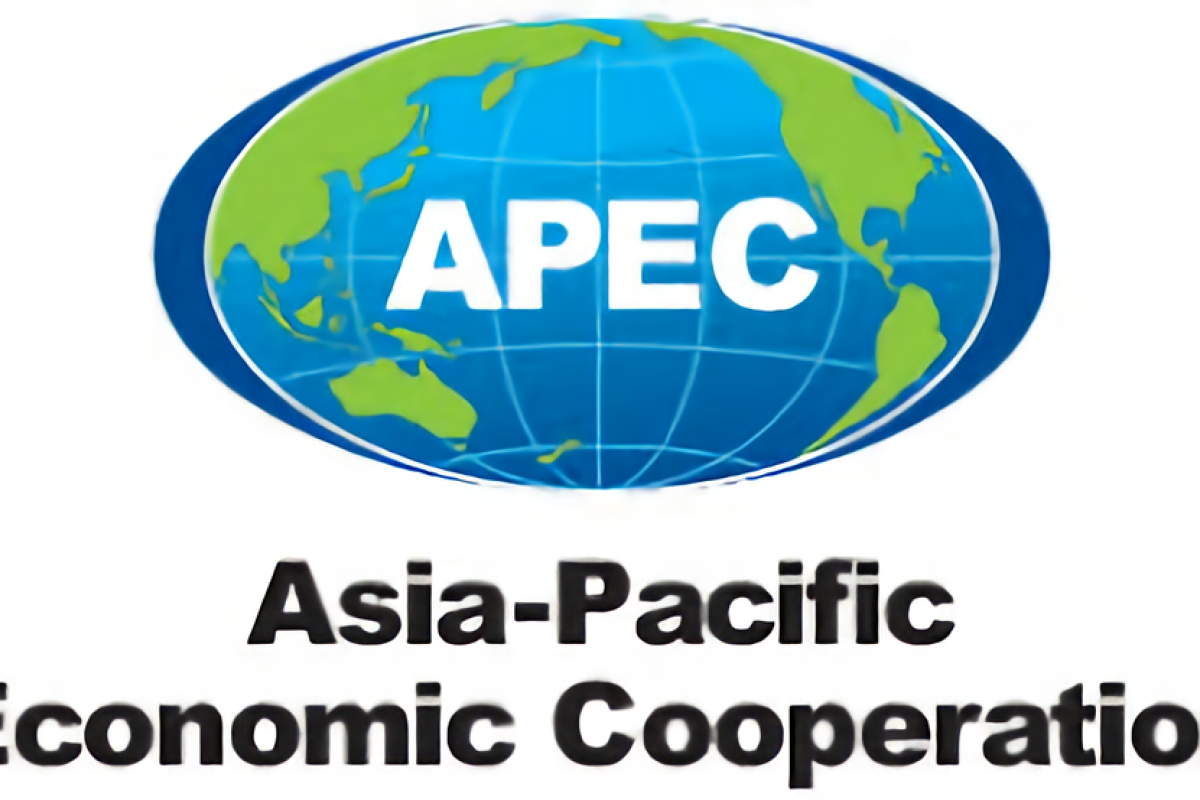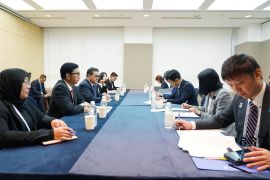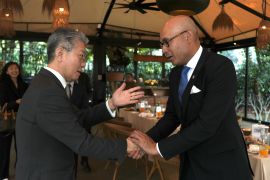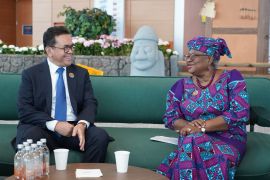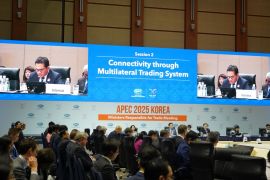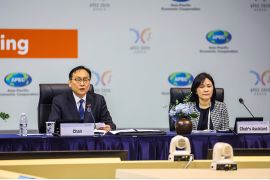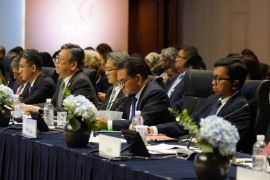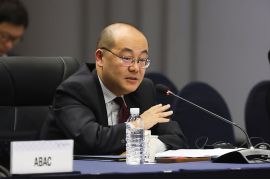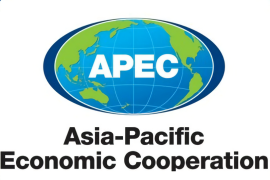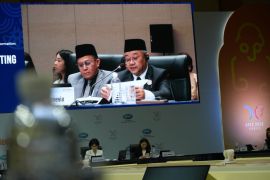In 2018, APEC had borne witness to growth discrepancy throughout the region despite overall improvement in growth of 4.1 percent than four percent in 2017, as noted in a written statement issued by the APEC Secretariat and received here on Thursday.
The gross domestic product (GDP) growth started to decelerate in the second half of 2017 at a time when more trade restrictive measures began coming into play, resulting in the application of tariffs and counter measures. Most of these measures involved the initiation of anti-dumping and countervailing investigations.
Today, trade restrictive measures constitute almost 60 percent of all trade and trade-related measures. Trade restrictions have resulted in steeper production costs and hindered further trade.
In terms of volume and value, the growth in goods trade -- of exports and imports -- is showing signs of moderation. In 2018, APEC exports had declined to below half of the global total, from a little over 50 percent in the past years.
ARTA reports indicated that the rest of the world is also outstriping the APEC, in terms of growth in the value of goods exports.
Nonetheless, services trade is improving, with services exports increasing by seven percent in 2018. However, growth in services trade outside APEC fared even better.
APEC’s economic success story was built on trade. APEC trade was recorded at US$3.1 trillion in 1989. Almost three decades thereon and riding an average growth rate of 7.1 percent annually -- oftentimes higher than the pace of GDP growth -- the value of APEC trade crossed $24 trillion. Economic growth, driven by trade, aided in freeing several million people from the shackles of poverty.
As the region’s economy nearly tripled in three decades to reach $66.2 trillion in 2018, average incomes increased, and poverty levels dropped.
Presently, the region is home to a billion lesser poor people as compared to three decades back. The middle class is growing. In 2015, the middle class and more affluent families constituted over 60 percent of the population.
Concurrently, the benefits of trade and economic growth have yet to be enjoyed equitably. Income gaps continue to broaden and inequality has risen steadily, thereby contributing to a slide in the social consensus for trade and globalization.
"Since decades, the APEC has paved the way for closer economic cooperation through the adoption of a holistic approach based on voluntary participation and common goals. This confidence in a shared and collaborative future has fostered many ideas and initiatives – leading to greater growth," Denis Hew, director of the APEC Policy Support Unit, which prepared the report, stated.
"Enormous challenges lie ahead for the region in the form of rising inequality, vulnerability to climate change, and digital disruptions. The APEC will need to strengthen the spirit of 1989 that is cooperative, holistic, and innovative if it is to step up to the challenges of the next 30 years," Hew emphasized.
Reporter: Yuni Arisandy Sinaga
Editor: Sri Haryati
Copyright © ANTARA 2019
